Best time to visit Ecuador?
21/07/2024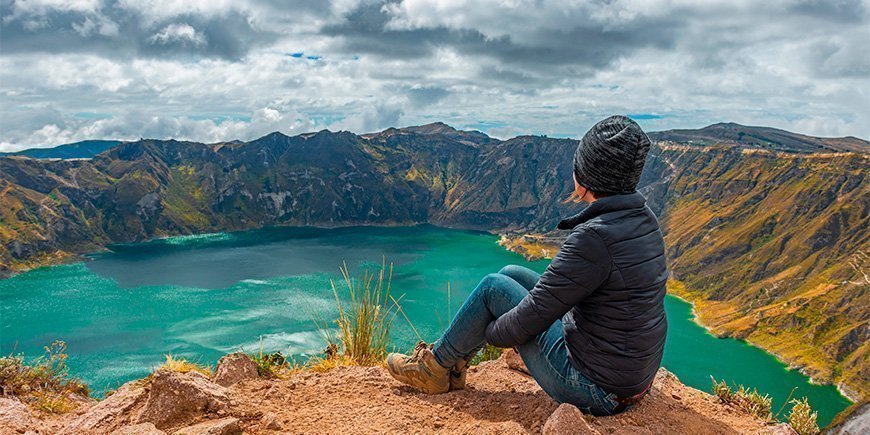
If you book a tour to Ecuador, you can look forward to great experiences of magnificent mountains, lush rainforests and a completely unique wildlife.
But when should you visit this magical country in Latin America?
We will help you find the right time to visit Ecuador!
The climate in Ecuador
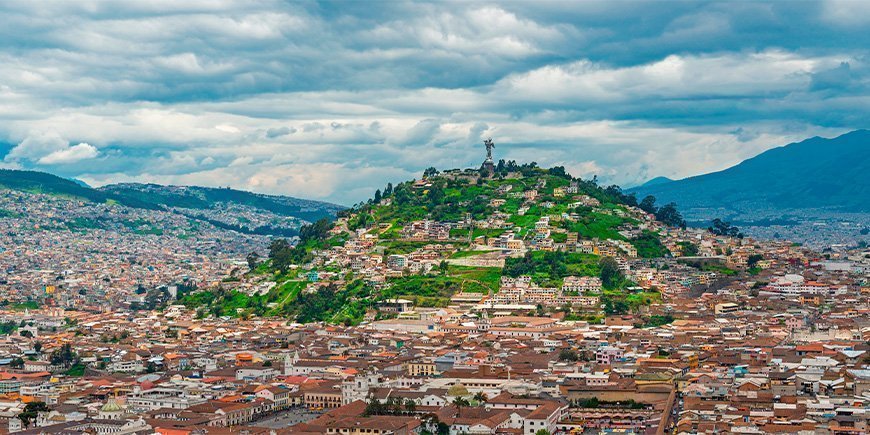
Ecuador is located right on the equator, which means that the country experiences little variation in day length during the year, with approximately 12 hours of daylight each day. The constant sunlight is essential for the country’s equatorial climate, which is characterised by a stable temperature throughout the year.
Compared with other South American countries, Ecuador is a relatively small country. Despite its small size, however, the country has large regional climate differences, as the weather and climate vary depending on whether you are on the coast, in the mountains or on the Galapagos Islands.
We therefore distinguish between the following regions in Ecuador:
- The Andes
- The Amazon
- The Pacific Coast
- The Galapagos Islands
The Andes
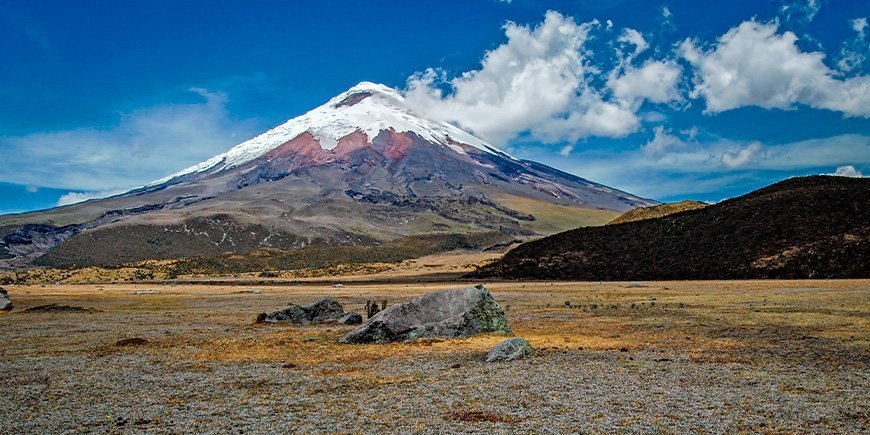
In the Ecuadorian Andes you will, for example, find Ecuador’s capital Quito and the Cotopaxi volcano.
The Andes offer a beautiful combination of mountain landscapes, colourful markets and cities with architectural gems from the Spanish colonial era, such as in Quito. The climate in this region is remarkable due to the so-called eternal spring weather. Temperatures are relatively constant year-round, with average daytime temperatures rarely exceeding 21°C and nights that can get chilly at times.
The seasons in the Andes can be divided into a dry season and a rainy season:
- The rainy season is from October to May
- The dry season is from June to September
During the dry season, you can expect sunny and warm, spring-like days, but with a risk of a little rain, where the rainy season expectedly has more precipitation. Throughout the year, there will usually be sun in the morning, after which the clouds gather in the mountains with rain falling in the afternoon.
When is the best time to visit the Andes?
The Andes are great to visit year-round.
Most people prefer to visit the Andes in the dry season between June and September. During these months, the weather is drier and clearer, providing good conditions for experiencing sights such as the Cotopaxi volcano.
The Amazon
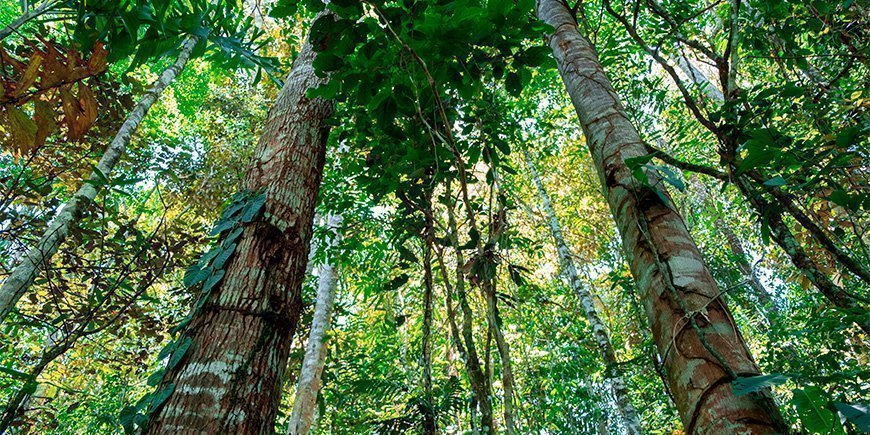
The Amazon region of Ecuador is a lush and biodiverse part of the country offering unforgettable adventures in the heart of the rainforest. The climate here is warm and humid, and there is much rainfall throughout the year.
Average daytime temperatures rarely drop below 29°C, creating an ideal environment for the rich biodiversity of the rainforest.
As it rains all year round in the Amazon, we do not distinguish between a specific rainy season and dry season. However, in the period from July to September, there has historically been the lowest precipitation during the year.
When is the best time to visit the Amazon?
Visiting the Amazon is an amazing experience throughout the year. If you want to experience as little rain as possible, you can travel to the Amazon in the period July to September. However, you must be prepared for rain at any time of the year.
The Pacific Coast
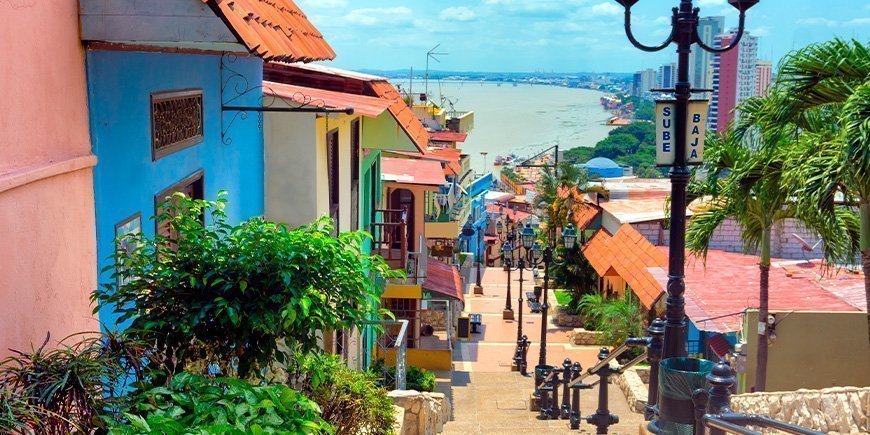
The Pacific coast, or ‘La Costa’, of Ecuador is known for its warm temperatures, wide sandy beaches and lively coastal towns. The region offers loads of sunshine and an exciting insight into Ecuador’s cultural diversity.
The coastal region has a warm and humid climate, with high average daytime temperatures of minimum 29°C all year round.
There is a clear difference between the dry season and the rainy season:
- The rainy season is from January to April
- The dry season is from May to December
During the dry season, you can expect around the same temperatures as during the rainy season, but it is very unlikely that you will experience rainfall in the middle of the dry season. The rainy season offers lusher landscapes, but also higher humidity and frequent downpours.
When is the best time to visit the Pacific Coast?
Like Ecuador’s other regions, the Pacific Coast offers exciting experiences year-round.
Most people prefer to visit the Ecuadorian Pacific coast during the dry season, when there are plenty of sunny days. This is also an excellent time to explore the markets and restaurants of the coastal towns without worrying about the rain.
The Galapagos Islands
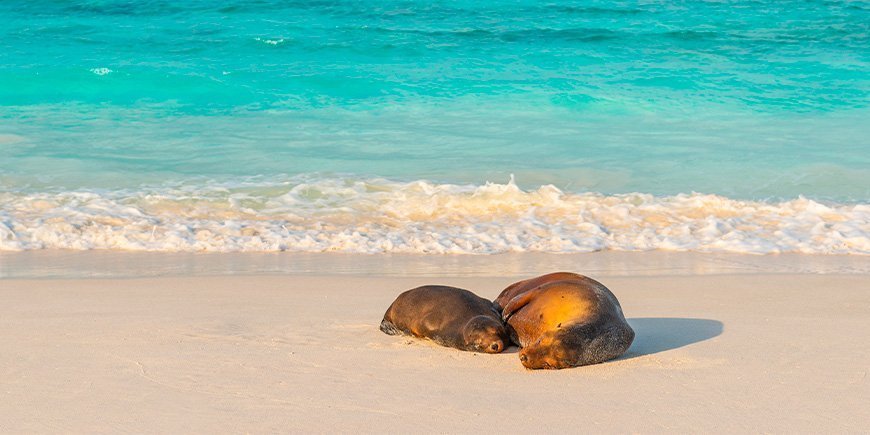
The Galapagos Islands, located about 1,000 km from mainland Ecuador, have fascinating natural surroundings and wildlife both above and below sea level.
The islands have a somewhat different climate than on the mainland as they are affected by the Humboldt current, which has an effect on sea temperature and visibility in the waters around the islands.
The islands have two defined seasons; a rainy season and a dry season.
- The rainy season is from January to June (the warm and wet season)
- The dry season is from July to December (the ‘cooler’, dry season)
The rainy season offers the warmest weather of the year, daily rain, warmer sea temperatures and better sea visibility, and the period is the most popular time to visit the Galapagos Islands.
The dry season offers sunny weather, less rain and cooler weather and sea temperatures. In addition, the so-called Garúa Fog may be present in the highlands of the islands.
When is the best time to visit the Galapagos Islands?
There is no bad time to travel to the Galapagos, and you can experience the islands’ spectacular wildlife throughout the year.
Unlike visitors to mainland Ecuador, most people prefer to travel to the Galapagos Islands during the rainy season between January and June. During these months, the waters are calmer and warmer, which is ideal if you dream of snorkelling.
You can read more about the weather and wildlife of the Galapagos Islands month by month here.
So when is the best period to visit Ecuador?
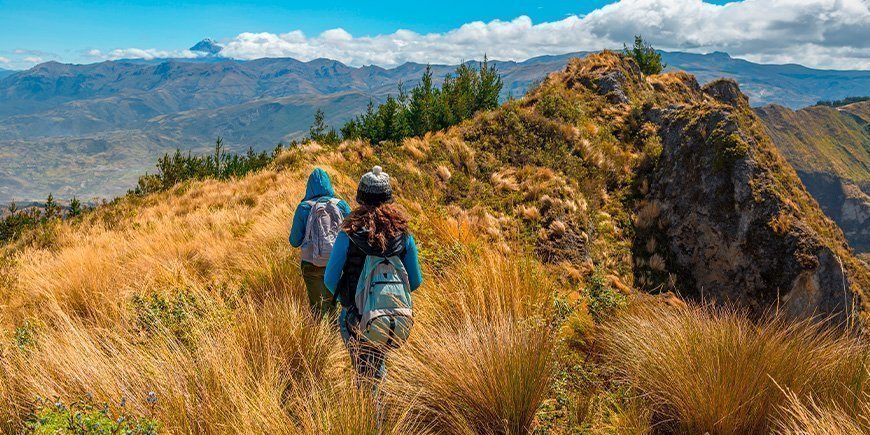
There is no bad time to travel to Ecuador. It largely depends on what you want to experience.
If you dream of experiencing Ecuador when there is the least risk of rain, we recommend that you travel between June and September. These months are the dry season throughout Ecuador, and, historically, there has been the least rainfall during these months.
The Galapagos Islands also have something to offer throughout the year. If you want to experience the Galapagos Islands when the weather is ‘best’, you must travel during the islands’ rainy season, i.e. between January and June. These months admittedly see the most rain, but, in turn, there are also warmer sea temperatures and better underwater visibility.
No matter when you choose to travel to Ecuador, unforgettable experiences will await you. Plan your journey so that it coincides with the season that best suits what you wish to get out of your visit.
Not sure when to go?
Are you not sure about what is the best time to travel to Ecuador and visit the beautiful Ecuadorian landscapes?
We are ready to help you find the perfect time.
TourCompass – From tourist to traveller
